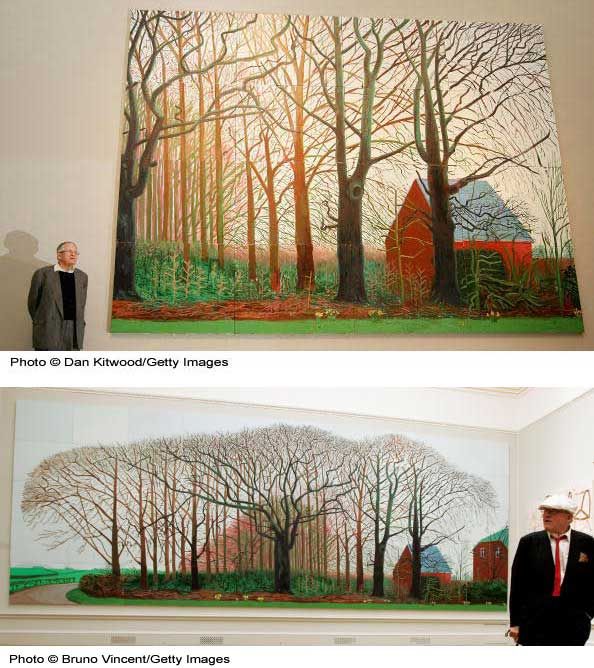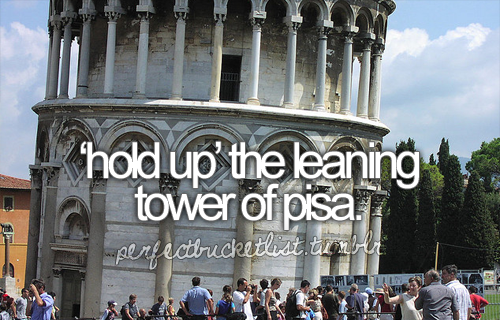5 Artists Who Decorated the Sistine Chapel Revealed

Have you ever paused in wonder, gazing at the ceilings of the Vatican’s renowned Sistine Chapel, marveling at the sheer beauty and intricate detail of the frescoes that adorn its walls? These masterpieces, which are a testament to human creativity and artistic expression, were crafted by some of the Renaissance's most celebrated artists. In this post, we will delve into the lives, artistic influences, and the lesser-known contributions of the five key artists who painted the Sistine Chapel, providing you with a fascinating glimpse into a historic chapter of art history.
Michelangelo Buonarroti


When one speaks of the Sistine Chapel, the name that resonates first is often Michelangelo Buonarroti. Michelangelo, the epitome of the Renaissance man, was commissioned by Pope Julius II to paint the ceiling in 1508. Although initially reluctant, believing himself to be a sculptor by heart, Michelangelo embraced the challenge, spending four agonizing years on this monumental task. His work includes the well-known "The Creation of Adam" and the "The Last Judgment," which became seminal pieces of Western art:
- The Creation of Adam: A pivotal piece, where Michelangelo's representation of the divine touch is rendered with breathtaking beauty and has captivated generations.
- The Last Judgment: This fresco, painted later, showcases the artist's ability to render both spiritual and physical turmoil, with vibrant depictions of hell and the divine.
Michelangelo's use of the "quadro riportato" technique to fit the existing architecture of the chapel's ceiling is a testament to his problem-solving and creativity. His figures are muscular, dynamic, and lifelike, reflecting his belief in the nobility of the human form.
Pietro Perugino


Before Michelangelo's work, Pietro Perugino, known for his serene and well-balanced compositions, was one of the first artists to contribute to the chapel. Perugino's frescoes are found on the walls, particularly in the lower tiers:
- The Baptism of Christ: Located on the right side of the altar, this work is a testament to Perugino's skill in perspective and space, showcasing the baptism of Jesus with an ethereal calmness.
- Christ Giving the Keys to St. Peter: This scene conveys a significant moment in Christian history, rendered with Perugino's characteristic grace.
Perugino's work influenced later artists like Raphael and even Michelangelo in terms of composition and spatial organization.
Sandro Botticelli


Sandro Botticelli, known for his ethereal and often mystical paintings like "The Birth of Venus," was a prominent artist of the Florentine Renaissance. Botticelli painted scenes for the chapel, most notably:
- The Temptations of Christ: Found near the altar, this fresco depicts Christ's trials in the desert, demonstrating Botticelli's ability to infuse his art with a narrative depth.
- The Punishment of Korah: This depicts a biblical story where divine wrath is meted out, showcasing Botticelli's skill in portraying complex emotions.
His work is marked by an emphasis on naturalism, a love for color, and a poetic sensitivity which set him apart in the competitive environment of the Renaissance.
Cosimo Rosselli


Cosimo Rosselli, though less known, was a significant contributor to the chapel. His contributions include:
- The Last Supper: A large fresco where Rosselli's ability to capture the solemnity of the event and his use of vivid colors stands out.
- Moses and the Golden Calf: An energetic depiction of a biblical scene, where his figures are full of drama and movement.
Rosselli's work often carried a narrative momentum, making the viewer feel as though they were witnessing the events unfold.
Biagio di Antonio Tucci

While much of Biagio di Antonio Tucci's work in the Sistine Chapel has been overshadowed by his more famous colleagues, his contributions are equally important. He worked alongside Perugino and Botticelli:
- The Adoration of the Shepherds: One of his notable works in the chapel, where his sense of structure and reverence for the subject matter is evident.
His work, though less grandiose, complemented the overall narrative of the chapel's art, ensuring a cohesive aesthetic.
📝 Note: It's worth noting that the artists' work was influenced by the specific themes assigned to them by the popes and church officials.
Looking back at these artists, their contributions to the Sistine Chapel remain unmatched. Michelangelo's innovative ceiling paintings, Perugino's calm compositions, Botticelli's lyrical touch, Rosselli's vibrant storytelling, and Tucci's supporting role collectively create an awe-inspiring environment that continues to inspire awe and wonder. Each artist's journey and artistic evolution can be traced through their work, providing us with insights into the Renaissance's heart. The Sistine Chapel isn't just a marvel of art; it's a testament to the brilliance of human imagination and skill, passed down through the centuries as a beacon of cultural and spiritual achievement.
How long did it take to paint the Sistine Chapel?

+
From start to finish, the painting of the Sistine Chapel took several years. Michelangelo’s work alone took four years to complete, from 1508 to 1512. The works of other artists, like Perugino and Botticelli, were completed earlier, around 1481-1482, and subsequent touch-ups and additions have been ongoing throughout history.
Why was Michelangelo chosen to paint the ceiling?

+
Michelangelo was chosen by Pope Julius II, who, after seeing Michelangelo’s preparatory sketches, believed he could undertake the monumental task. Though Michelangelo was known as a sculptor, the Pope saw potential in his ability to convey motion and emotion in the human form, a skill Michelangelo then proved to master on the ceiling.
What themes are represented in the Sistine Chapel?

+
The Sistine Chapel’s frescoes depict biblical stories, focusing on themes like the Creation, the Fall of Man, the Flood, and events from the life of Jesus Christ. Michelangelo’s frescoes, in particular, tell the story of Genesis from creation to the fall of Adam and Eve, and also include scenes from Christ’s life.